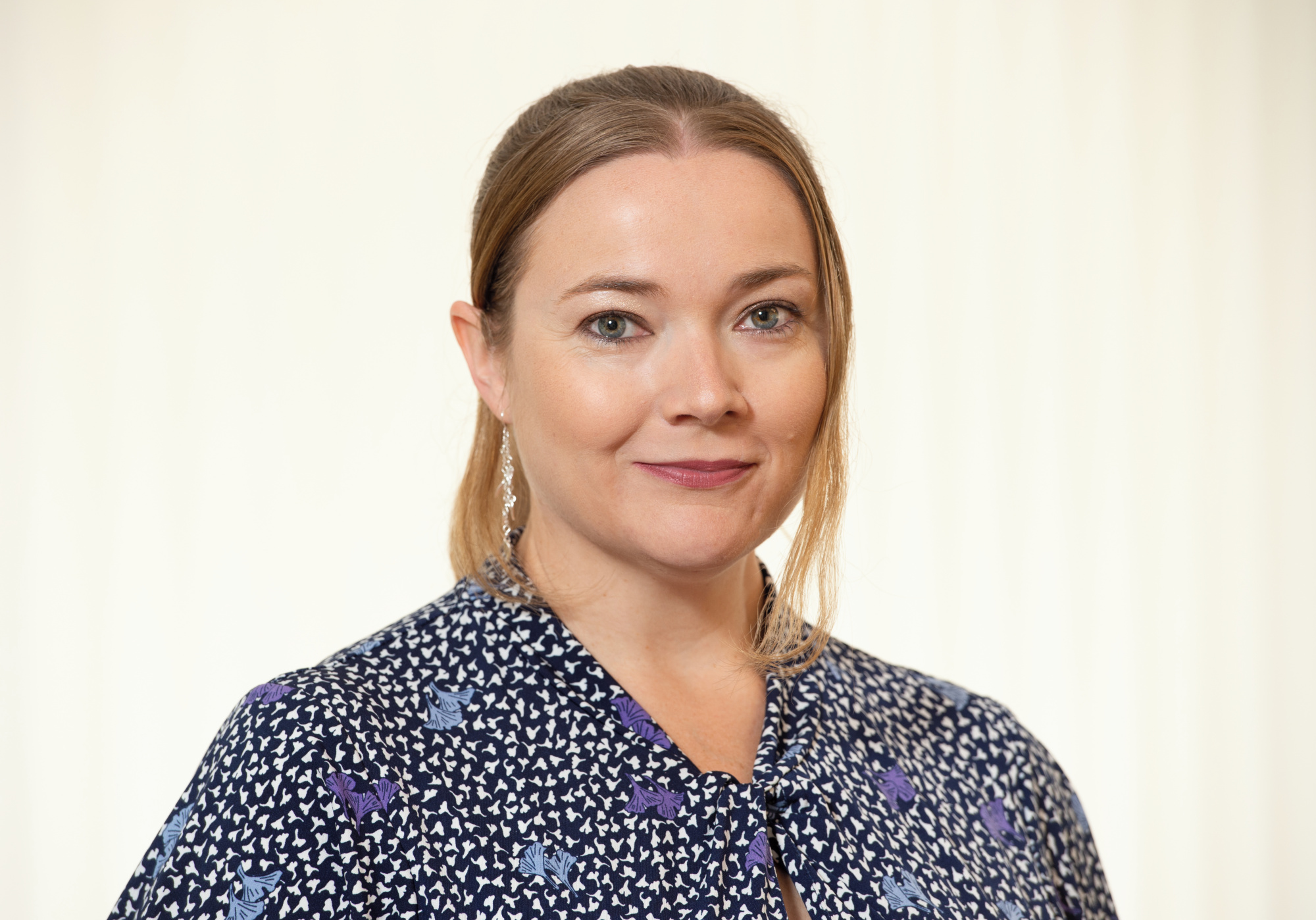A QUT research and industry partnership to boost critical mineral production for renewable energy systems today receive a $5.24 million boost from the Federal Government.
Lava Blue received the Critical Minerals Accelerator Initiative funding to support the development of world-leading processes for refining critical minerals used in the lithium-ion battery supply chain.
Managing Director of the Canberra and Brisbane-based company, Mr Michael McCann, said the grant was a significant one which would contribute to a $12 million Queensland project over the next two and half years.
“This grant will allow Lava Blue processes to be applied to recovery of a number of valuable minerals from vanadium pentoxide processing waste, including high purity alumina and potentially magnesium and residual vanadium,” Mr McCann said.
“The outcome will be to greatly improve the economics of vanadium recovery and provide new supplies of high-purity minerals into global battery supply chains.”
The funded project will scale-up processes for recovery of high-purity minerals at the Lava Blue Centre for Predictive Research into Specialty Materials (PRiSM), at Redlands Research Park in the southeast of Brisbane.
The Redlands facility is the result of a project involving QUT’s project leader Associate Professor Sara Couperthwaite and Lava Blue, which demonstrated that kaolin clay could be used as a source of HPA which is used to make LEDs and separators for lithium-ion batteries.
QUT Vice-Chancellor Professor Margaret Sheil said the funding will accelerate the research and development program led by QUT researchers at the Redlands Research Park site.
“We are delighted to be Lava Blue’s research partner and today’s announcement highlights the commercial opportunity that this investment offers for Queensland,” Professor Sheil said.
“This investment is helping Queensland become not just a mining state but a high-tech developer of the future energy needs for the world.”

Professor Couperthwaite said the research project had enormous potential and highlighted how the rapid pace of technical and scientific innovation required a coordinated approach by industry, government and universities.
“We have already demonstrated a system for producing high-value HPA from low-quality kaolin, and through the pilot plant we are optimising the system to ensure the most sustainable practices were used in producing high purity alumina.”








